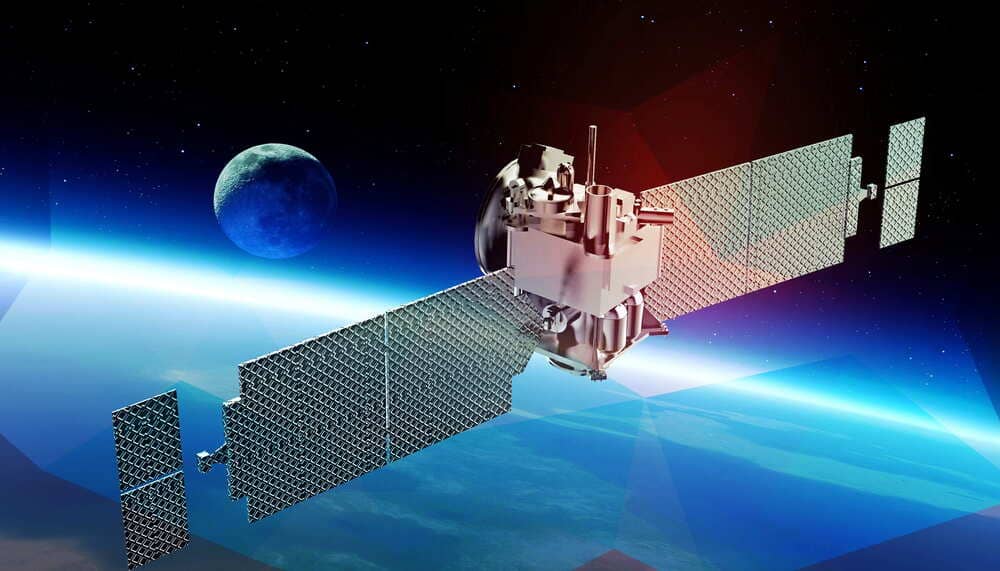Artificial satellites have revolutionized the way we communicate, connecting the world like never before. From enabling international phone calls to providing internet access in remote areas, satellites play a crucial role in our daily lives. Their importance in modern communication cannot be overstated, as they have transformed various industries and brought the world closer together.
Historical background
The journey of artificial satellites began with the launch of Sputnik 1 by the Soviet Union in 1957. This historic event marked the dawn of the space age and paved the way for the development of communication satellites. In 1962, the launch of Telstar 1, the first active communications satellite, enabled the first live transatlantic television broadcast, revolutionizing global communication.
How satellites work
Communication satellites operate by receiving signals from a ground station, amplifying them, and retransmitting them to another ground station or directly to users. These satellites are typically positioned in geostationary orbit, which allows them to stay in a fixed position relative to the Earth. There are various types of communication satellites, including geostationary satellites (GEO), medium Earth orbit satellites (MEO), and low Earth orbit satellites (LEO), each serving different purposes and offering unique advantages.
Revolutionizing long-distance communication
Before the advent of satellites, long-distance communication relied heavily on undersea cables, which were limited in capacity and prone to damage. Satellites have revolutionized this by enabling reliable and high-capacity international phone calls. This has made it possible to connect with people across the globe in real-time, breaking down geographical barriers and facilitating international business and personal relationships.
Internet connectivity and satellites
Satellites have played a vital role in providing internet connectivity, especially in remote and underserved areas where terrestrial infrastructure is lacking. Companies like SpaceX, with their Starlink project, are deploying constellations of low Earth orbit satellites to provide high-speed internet access globally. This technology is bridging the digital divide, allowing people in rural and isolated regions to access information, education, and economic opportunities online.
Television and radio broadcasting
The impact of satellites on television and radio broadcasting has been profound. Satellite TV has enabled the transmission of signals to vast areas, making it possible for people to receive a wide range of channels from around the world. The advent of direct-to-home (DTH) services has brought high-quality digital television to millions of households, enhancing the viewing experience and expanding access to global content.
Mobile communication
Satellites have also integrated seamlessly with mobile communication networks, enhancing connectivity in areas where terrestrial cell towers are impractical. This is particularly important in remote and rural regions, as well as during natural disasters when ground infrastructure may be compromised. Satellite phones and services ensure that communication remains uninterrupted, providing a lifeline in critical situations.
Disaster management and emergency services
In times of disaster, reliable communication is essential for coordinating response efforts and providing aid. Satellite communication plays a crucial role in disaster management by enabling instant communication in affected areas, even when traditional networks are down. This ensures that emergency services can operate effectively, saving lives and facilitating recovery efforts.
Global navigation and GPS
Satellites are the backbone of global navigation systems, such as the Global Positioning System (GPS). These systems provide precise location data, which is essential for navigation, mapping, and numerous applications in everyday life. From driving directions to tracking shipments, GPS technology, powered by satellites, has become an integral part of our daily routines.
Satellite communication for businesses
Businesses around the world rely on satellite communication for various applications, including corporate communication, data services, and teleconferencing. Satellite-based systems enable remote work and virtual meetings, connecting teams and clients regardless of their location. This has become increasingly important in today’s globalized economy, where efficient communication is key to success.
Military and defense applications
Satellites are indispensable for military and defense operations, providing secure and reliable communication channels. They support a wide range of activities, from real-time battlefield communication to intelligence gathering and navigation. The ability to maintain secure lines of communication is crucial for the effectiveness and safety of military operations.
Challenges and limitations
Despite their numerous advantages, satellite communication systems face several challenges. Technical issues such as signal latency, interference, and the high cost of satellite launches and maintenance can limit their effectiveness. Environmental concerns, such as space debris and the impact of satellite operations on the Earth’s atmosphere, also need to be addressed. Additionally, regulatory challenges related to spectrum allocation and international coordination present significant hurdles.
Future trends in satellite communication
The future of satellite communication is bright, with ongoing advancements promising even greater capabilities. Innovations such as high-throughput satellites (HTS), small satellites (smallsats), and mega-constellations are set to enhance connectivity and data transmission rates. Emerging trends include the integration of artificial intelligence and machine learning to optimize satellite operations and the development of inter-satellite communication networks for more efficient data transfer.
Artificial satellites have fundamentally transformed global communication, making the world more interconnected and accessible. From revolutionizing long-distance communication to providing internet access in remote areas, their impact is profound and far-reaching. As technology continues to evolve, the future of satellite communication holds even more promise, ensuring that we remain connected in an increasingly digital world.


